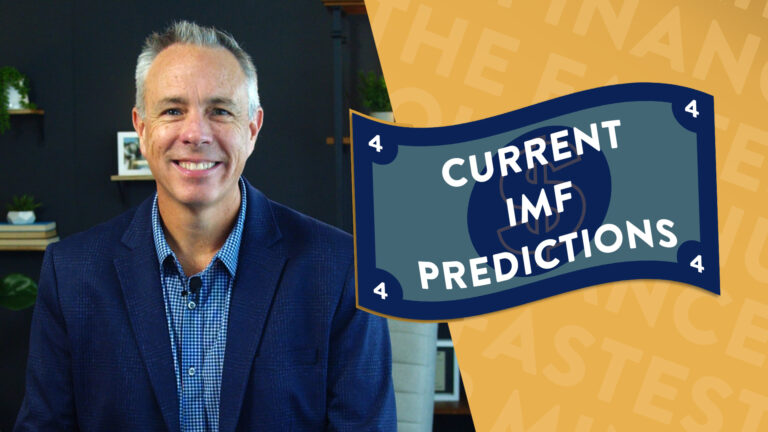It seems logical in our minds. If the stock market is hitting all-time highs, it means a crash is right around the corner. Our minds tell us that things aren’t perfect, so why would the market be racing toward an all-time high? Surely, something is not right.
But, in fact, the data says otherwise.
Party Like It’s 2022
The S&P 500 Index closed at an all-time high on Friday, January 19th. It was the first new record set in more than two years. The previous high was set on January 3, 2022. That was the longest period without a new high since the 2008 financial crisis, according to Yahoo Finance. That was an even longer recovery. The Index peaked in October, 2007, and it was another 5 years to surpass it.
But, Ryan Detrick at Carson Group reminds us 2 years is NOT a long losing streak. He says the Index went nearly 8 years without a new record in the 1970’s, and more than 7 years after the tech bubble burst in the early 2000s.
So let’s take a look at what the Index has historically done, after making its first all-time high in at least a year.
History Repeating Itself?
This is a chart from Yahoo Finance, showing us 14 occurrences in which the S&P 500 hit the first all-time high in at least a year.

You can see the average returns 2 weeks later, 1 month later, 3 months later, 6 months later, and 1 year later. Let’s focus on the 1-year column. You can see the average return is nearly 14% higher, one year after the new record. And, the index was higher 93% of the time. That’s 13 out of 14 times.
Let’s compare that to a second chart. This one, also from Yahoo Finance, shows us the returns following any new high set by the S&P 500.

Again, let’s look at the far right column, showing the 1-year returns. Still, a good return of 8.75%, but much less than if it had been a longer period of time between new highs. It’s also higher just 73% of the time, compared to 93%.
Finally, to further drive the point home that an all-time high is not automatically cause for concern, setting all-time highs is just what the stock market does. It really isn’t all that special.
Again, according to Detrick, Since 1957, the S&P 500 index has set 1,186 record highs. However, they are very concentrated when they occur. By that, we mean they happen in clusters. The index set 281 new highs between 1958 and 1968, 513 new highs between 1980 and 2000, and 348 new highs from 2013 to now. In fact, 96.4% of all of the new highs happened during those three time frames.
Even more, Detrick says 7% of all trading days since 1957 have produced an all-time high. That’s a new record, on average, every 14 trading days.
That tells us that when a new high drought is over, a long new high run is beginning.
Past performance isn’t indicative of future results. All information contained in this blog is for general information only and shouldn’t be considered investment advice.





